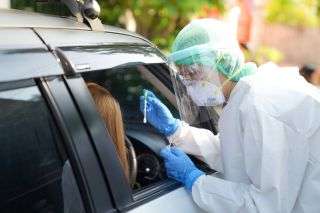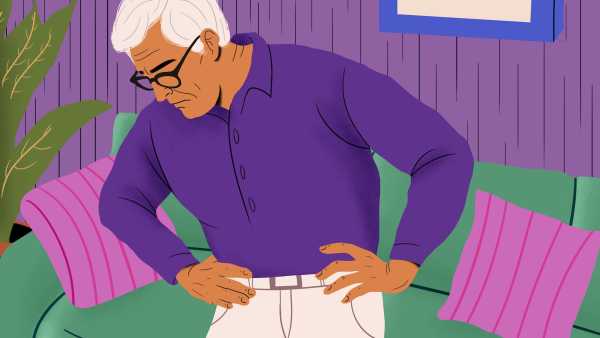
Many Americans with COVID-19 can’t pinpoint how they got the infection, a new study suggests.
The study researchers, from the U.S. Centers for Disease Control and Prevention (CDC), found that more than half of U.S. patients with COVID-19 in a recent survey couldn’t identify another person with the disease whom they had close contact with before getting sick.
The findings suggest that many people may be getting infected through transmission in their communities and not from a familiar person in their lives, the CDC said. This “underscores the need for isolation of infected persons, contact tracing and testing … and prevention measures, including social distancing and use of cloth face coverings,” while community transmission is ongoing, the authors said. (Contact tracing typically involves identifying people who had contact with a COVID-19 case to notify them of their exposure, referring them for testing, monitoring them for symptoms and encouraging them quarantine for a period of 14 days, according to the CDC.)
The study is based on telephone interviews with 350 adults in nine states who tested positive for COVID-19 between March 31 and May 10, and were interviewed between April 15 and May 24. Of these, 77% were tested in an outpatient setting, such as a doctor’s office or emergency room, while 23% were tested while they were hospitalized.
Overall, 46% reported that in the two weeks prior to their positive COVID-19 test they had close contact (being within 6 feet) with someone who had COVID-19; but 54% were not aware of having close contact with someone with COVID-19. When patients did report a COVID-19 contact, it was usually a family member or coworker.
The study also found that patients who were hospitalized were more likely to be older, have underlying conditions and have an income less than $25,000 a year, and were less likely to be white, than those who were not hospitalized. This finding agrees with previous research suggesting that low-income and minority populations have been hit harder by the virus.
About two-thirds of participants said they were employed, but of the 209 participants who answered questions about telework, only 17% said they were able to telework. This finding highlights “the need for enhanced measures to ensure workplace safety,” the authors said.
The authors note that participants were treated at academic medical centers in only nine states, and thus are not necessarily representative of cases across the U.S.
Originally published on Live Science.
Sourse: www.livescience.com





